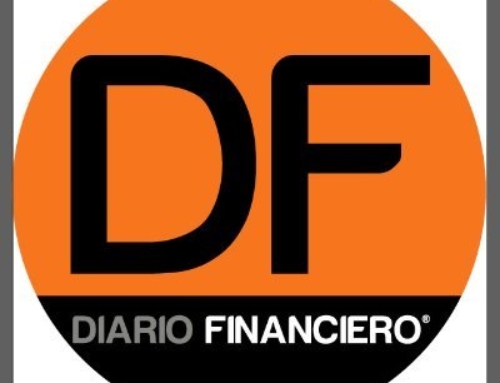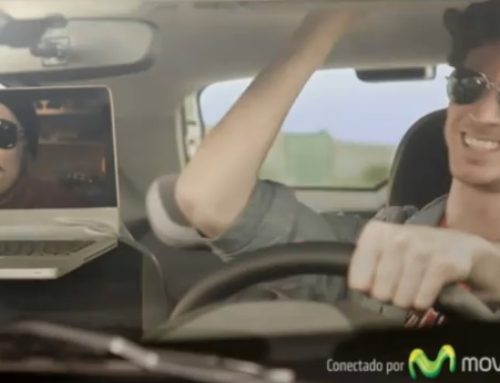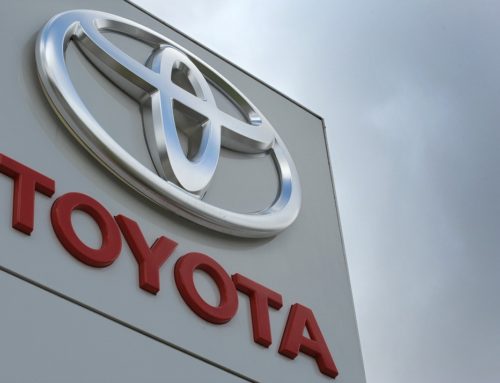When thinking in Starbucks, we recall on one of the largest coffeehouse companies in the world (Malhotra, 2010). But what makes Starbucks so special that has grown from no more than 2.400 stores 12 years ago to almost 17.000 stores around the world right now? (2010 Annual Report Form 10-K, 2011)
We can find the answer in the Business Model they use: create an improved customer experience in their stores, always thinking about the customer´s needs, suggestions, complains and feedback, in summary having the best and warmest experience in their stores, besides of taking a top quality coffee. Like Seth Godin says: “Your customers define what you make, how you make it, where you sell it, what you charge, who you hire and even how you fund your business…when you find great customers, they will eagerly co-create with you. They will engage and invent and spread the word” (Godin, 2011).
For this, Starbucks performs an accurate understanding of the intricate marketing issues at stake by conducting marketing research (Malhotra, 2010) and in the international arena (34 percent of the stores) they primarily use local consulting firms to conduct analysis on consumer behavior and preferences to understand what customers are willing to pay and what services do they want.
To understand the importance of this Marketing Research centered strategy and the implications of a well conducted Exploratory and Descriptive Research Design, look what happened when Starbucks arrived to Australian market in 2000, by 2008 they had closed 61 of the total 84 stores.
According to Paul Patterson (Australian School of Business, 2009), they identified 3 main problems for this failure: (1) Customers didn´t understand why Starbucks charged more for its coffee (brand differentiation) because they already had cafe culture and experienced world-class baristas, (2) Fast grew that implicated younger employees with less experience, and (3) Mistake of failing to adjust its product to suit Australians´ coffee tastes, which lean more towards Europe.
As we see, point 1 and 3 could be known beforehand if the company had made an accurate Marketing Research Design, maybe only with a Qualitative Procedure one, like Focus´ Groups for example.
Sources:
Australian School of Business (2009, 9). Marketing Lessons: Whatever Happened to Starbucks? Retrieved on January 27, 2012 from http://knowledge.asb.unsw.edu.au/article.cfm?articleid=1192
Godin, Seth (2009, 11). Choose your customers, choose you future. Retrieved on January 27, 2012 from http://sethgodin.typepad.com/seths_blog/2009/11/choose-your-customers-choose-your-future.html
Malhotra, Naresh (2010). Marketing Research: An Applied Orientation. Pearson Education Inc. Prentice Hall
Starbucks 2010 Annual Report, Form 10-K (2011). Retrieved on January 27, 2012 from http://investor.starbucks.com/phoenix.zhtml?c=99518&p=irol-infoReq
Video Case 6.1 (2012). Boston University. Retrieved on January 27, 2012 from http://vista.bu.edu/webct/RelativeResourceManager/Template/lecture_00/metad856_L00M01_videocase6_1.html






Leave A Comment